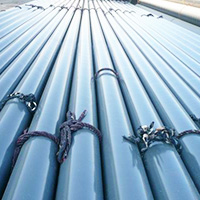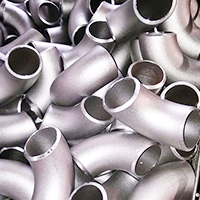Before installing the clamp-on electric butterfly valve, butterfly valve manufacturers need to carefully check the use and performance specifications of the gate valve. If left unchecked, the following common failures can occur:
The valve cannot be changed or changes slowly, gas leakage, electromagnetic pilot valve failure, etc
1:After long-term use, clamping electric butterfly valve is easy to damage the spool sealing ring, valve seat and valve seat damage, resulting in gas leakage in the valve, slow valve movement or unable to turn normally. At this point, replace the seal, seat and seat, or replace the clamped electric butterfly valve.
2:The clamping electric butterfly valve cannot change or slowly change direction. Generally, this is due to poor lubrication, stuck or damaged springs, oil or impurities stuck in the rolling part, etc. To do this, first check whether the oil mist works properly; Whether the viscosity of the lubricating oil is suitable. If necessary, change the lubricating oil, clean the rolling part of the clamping electric butterfly valve, or replace the spring and clamping the electric butterfly valve.
3:If the electromagnetic pilot valve enters, the exhaust hole is blocked by oil scale and other debris, the seal is not tight, the movable core is stuck, the circuit fails, and the clamping electric butterfly valve cannot be reversed normally. In the first three cases, the grease and impurities on the pilot valve and the movable iron core should be removed. Circuit faults are generally divided into control circuit faults and solenoid coil faults.
Before checking the circuit failure, first turn the manual knob that clamps the electric butterfly valve twice to see if the clamping electric butterfly valve can change direction normally at rated air pressure. If the direction can be changed normally then the circuit is faulty. When checking, you can use the instrument to measure the voltage of the solenoid coil to see if it reaches the rated voltage. If the voltage is too low, the power supply and associated stroke switch circuitry in the control circuit should be further checked.
If the clamping electric butterfly valve cannot turn normally at the rated voltage, check whether the joint (plug) of the solenoid coil is loose or the contact is unreal. The method is to pull out the plug and measure the resistance of the coil. If the resistance is too large or too small, it indicates that the solenoid coil is damaged and should be replaced.

- Equal Tee , Size 24 Inch, Wall Thickness: Schedule 120, Butt Weld End, ASTM A234 WPB, Black Painting Surface Treatment,Standard ASME B16.9

- Forged Steel 90 Deg Elbow ASTM A 350 LF2, Size 1/2 Inch, Pressure: 9000LBS, SW End, Standard ASME B16.11











